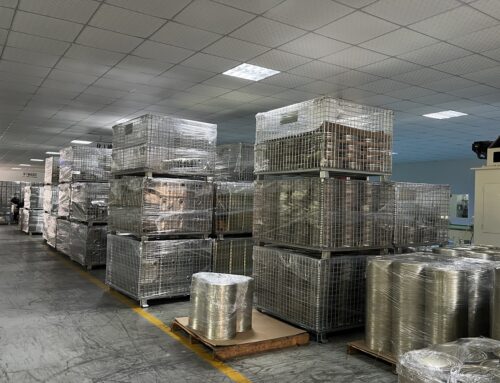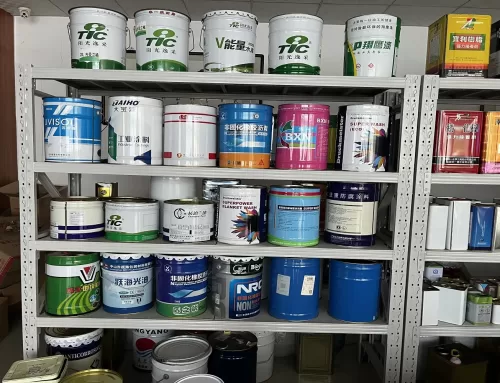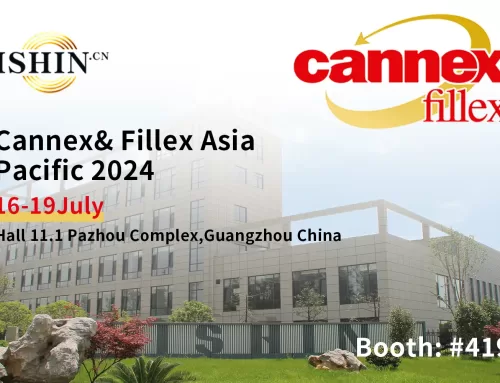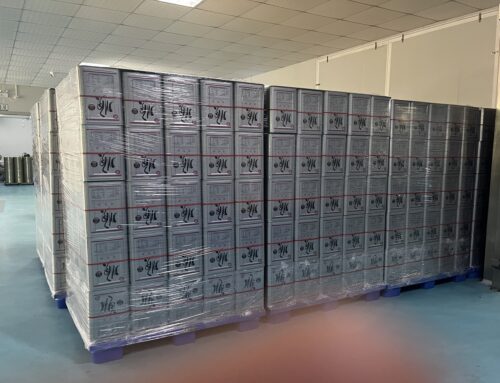In 1959, Aimar Klein Fratz, who worked for DRT Company in the United States, invented the easy-open lid with rivets and pull tabs, which made a historic breakthrough for metal containers after nearly 150 years of long development. The basic prototype of modern two-piece aluminum cans has laid a solid foundation for the development of the can-making and beverage industry.
With its inherent portability, easy opening, convenient transportation and storage, and good canning quality, cans have been widely favored by consumers since their inception. However, for cans that can be produced in batches of hundreds of thousands or millions, the uniform appearance is inevitably unattractive, causing consumers to experience aesthetic fatigue.
In recent years, consumers’ pursuit of personalized customized packaging has driven the rapid growth of the personalized customization market. In the past few years, there have been many cases in the market where “packaging innovation has made a product an Internet celebrity overnight, and sales have exploded”.
Personalized packaging makes products unique
Case 1 Absolut Vodka, a well-known distilled liquor brand, used an algorithm to produce 4 million bottles of “absolutely different” limited editions. Because all packaging is uniquely designed and numbered, each limited-edition packaging will be a one-of-a-kind piece of art out of the 4 million bottles released worldwide.
Case 2 The Coca-Cola Company of Israel used a software algorithm to produce 2 million “unique” bottles for its brand Diet Coke. At that time, the price of the limited-edition Diet Coke on eBay was raised to $15.
Case 3 Nutella, a well-known chocolate sauce brand owned by Ferrero, tried new ideas on packaging—the classic elements such as milk, toast, and spatula were all gone, replaced by random shapes such as polka dots, streamlined lines, and color blocks. The sales miracle “sold 7 million bottles of chocolate sauce in one month in Italy”. The secret is that 7 million different styles of packaging are randomly produced with the help of a splicing algorithm, giving consumers the illusion of being “unique”.
Case 4 BudLight, the brand of Anheuser-Busch InBev, the world’s largest brewer, also joined the trend of personalized bottling, just to win the hearts of young people. Based on 31 basic designs and outputting 3.1 million different can labels, Bud Light uses digital printing technology to produce 200,000 unique beer cans. And these unique cans of beer are prepared for the participants of the music festival Mad Decent Block Party.
Advantages of digitally printed metal cans
Compared with ordinary printing cans, digital printing cans have the following four advantages.
Advantage 1 The digitally printed can pattern is as clear as a photo, with a resolution of up to 1200DPI, and the content is fully displayed; the color is bright and the three-dimensional effect is strong.
Advantage 2 The layout of digital printing cans can be personalized and not limited by color, breaking through the limit of 8 colors in traditional printing. Compared with traditional printing technology, digital printing also has a decisive advantage. It can print individual cans with different patterns to achieve the effect of thousands of cans and thousands of faces.
Advantage 3 During the production of digital printing cans, there is no need to provide samples for proofing in advance to confirm the effect, the time for plate change is reduced to zero, and it has a high degree of flexibility and can freely set the layout printing sequence.
Advantage 4 Compared with the MOQ of ordinary printing cans, which is often hundreds of thousands of cans, digital printing technology makes this problem no longer exist, and it can be produced in small batches very economically – the MOQ of printing cans can be as little as 1,000 pieces .
Epilogue
To sum up, the innovatively designed personalized outer packaging can bring qualitative changes to the brand – making each product in the same batch unique, and finally forming a burst of traffic. As far as the technology options are concerned, digital can printing technology is undoubtedly one of the best ways to achieve personalized packaging.




